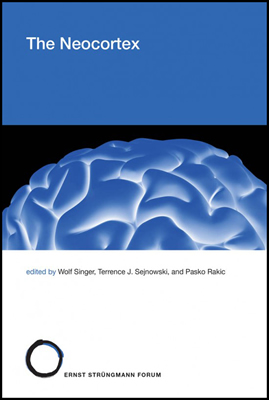How Collaboration Arises and Why It Fails
June 20–25, 2021
Frankfurt am Main, Germany
Andreas Roepstorff and Paul Verschure, Chairpersons
Program Advisory Committee
Jenna Bednar, Department of Political Science, University of Michigan, Ann Arbor, MI, U.S.A.
Julia R. Lupp, Ernst Strüngmann Forum, Frankfurt Institute for Advanced Studies, Frankfurt am Main, Germany
Bhavani R. Rao, Ammachi Labs, Amrita University, Kerala, India
Andreas Roepstorff, School of Culture and Society – Interacting Minds Centre, and the Department of Clinical Medicine – Interacting Minds Centre, Aarhus, Denmark
Ferdinand von Siemens, Faculty of Economics and Business, Goethe University Frankfurt, Frankfurt am Main, Germany
Dennis Snower, Hertie School and the Global Solutions Initiative Foundation gGmbH, Berlin, Germany
Paul Verschure, Institute for Bioengineering of Catalonia, Barcelona Institute of Science and Technology, and the Catalan Institute of Advanced Studies, Barcelona, Spain
Goals of the Forum
- To explore the commonalities and differences in collaboration as observed in biological, social, and technological systems,
- To identify core drivers of and constraints on collaboration and the conditions for its emergence, stabilization, and fractionation,
- To outline putative generic architectures for processes of collaboration, and
- To model how commons may be created, consumed, and destroyed during collaboration.
Integrating diverse perspectives, the Forum will work to develop a comprehensive framework to support future work.
Context
The stability of social systems depends critically on realizing sustainable methods of “collaboration,” yet how and by which means collaboration is achieved is not clearly understood; neither are the conditions or processes that lead to its breakdown or failure. [For context, collaboration is understood as cooperation between agents toward mutually constructed goals.] Part of the reason for our lack of understanding is that the phenomenon of collaboration is, by nature, a highly multidisciplinary problem, and effective research into its complexities has been difficult to achieve across the broad range of scientific and technical disciplines involved.
The need for a fundamental understanding of collaboration, however, has become increasingly important. Not only does humankind demand answers as it attempts to address critical challenges at multiple scales (e.g., climate change, migration, enhanced automation, social and economic inequality), but ever-increasing technological and economical means of interconnecting people and societies are disrupting long-established, familiar patterns of how we interact. Radical technological changes that are ongoing have the potential to reshape collaboration in ways that are currently hard to predict or influence (e.g., by altering configurations in interaction, information creation, and modes of communication). On one hand, such changes could disrupt hitherto stable forms of collaboration by affecting critical communication channels and traditional roles, as can be observed in the rapidly changing patterns in governance, commerce, and social interaction. On the other, technology could lead to the emergence of novel, successful forms of collaboration that deviate from traditional “hierarchical” architectures. Evidence of this can be seen in areas as diverse as highly automated manufacturing plants, the open science movement, collaborative software repositories, user-centered services, and the sharing of economy-based modes of organization. Without a fundamental understanding of the mechanisms, processes, and boundary conditions of collaboration, it is not possible to evaluate or predict which of these possible scenarios are sustainable or even plausible.
To remedy this knowledge gap requires a comprehensive research program. At its core, a theoretical framework must link pertinent aspects of collaboration across spatiotemporal scales and contexts. This task is a tall order, yet given current pressures on human–human, human–machine, and future machine–machine collaboration, we believe that an attempt must be made for a first survey.
Top of page

